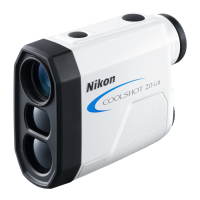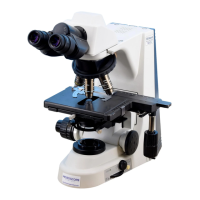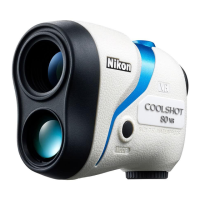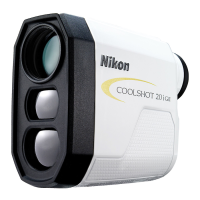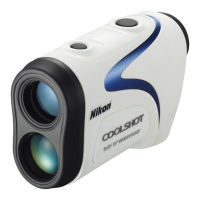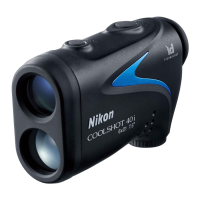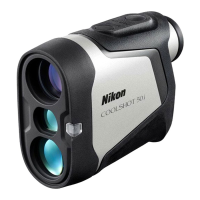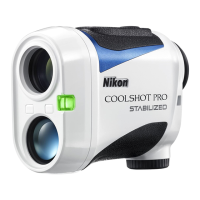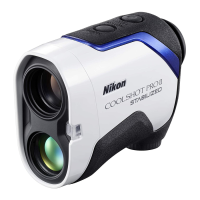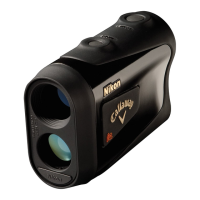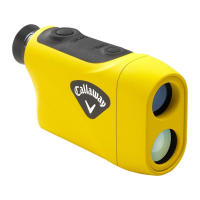2
En
Fr
Introduction
Read this first
Thank you for purchasing the Nikon laser rangefinder. Before using the
product, read this manual thoroughly to ensure proper use. Safety and
operation precautions are on page 3. After reading this manual, keep
it in a readily accessible place for future reference.
ll About the manual
• This manual is for use with both the COOLSHOT 20i GIII and
COOLSHOT 20 GIII. The illustrations show the COOLSHOT 20i GIII.
• No part of the manual may be reproduced, transmitted,
transcribed, stored in a retrieval system, or translated into any
language in any form, by any means, without Nikon’s prior written
permission.
• Illustrations and display content shown in this manual may differ
from the actual product.
• Nikon will not be held liable for any errors this manual may contain.
• The appearance, specifications, and capabilities of this product are
subject to change without notice.
ll About controls for radio interference
• This device complies with Part 15 of the FCC Rules. Operation is
subject to the following two conditions:
(1) This device may not cause harmful interference, and
(2) This device must accept any interference received, including
interference that may cause undesired operation.
• This equipment has been tested and found to comply with the
limits for a Class B digital device, pursuant to Part 15 of the FCC
Rules and to EU EMC directive. These limits are designed to provide
reasonable protection against harmful interference in a residential
installation. This equipment generates, uses and can radiate radio
frequency energy and, if not installed and used in accordance with
the instructions, may cause harmful interference to radio
communications. However, there is no guarantee that interference
will not occur in a particular installation. If this equipment does
cause harmful interference to radio or television reception, which
can be determined by turning the equipment off and on, the user is
encouraged to try to correct the interference by one or more of the
following measures:
• Reorient or relocate the receiving antenna.
• Increase the separation between the equipment and receiver.
• Consult the dealer or an experienced radio/TV technician for
help.
Notice for customers in Canada
CAN ICES-3(B)/NMB-3(B)

